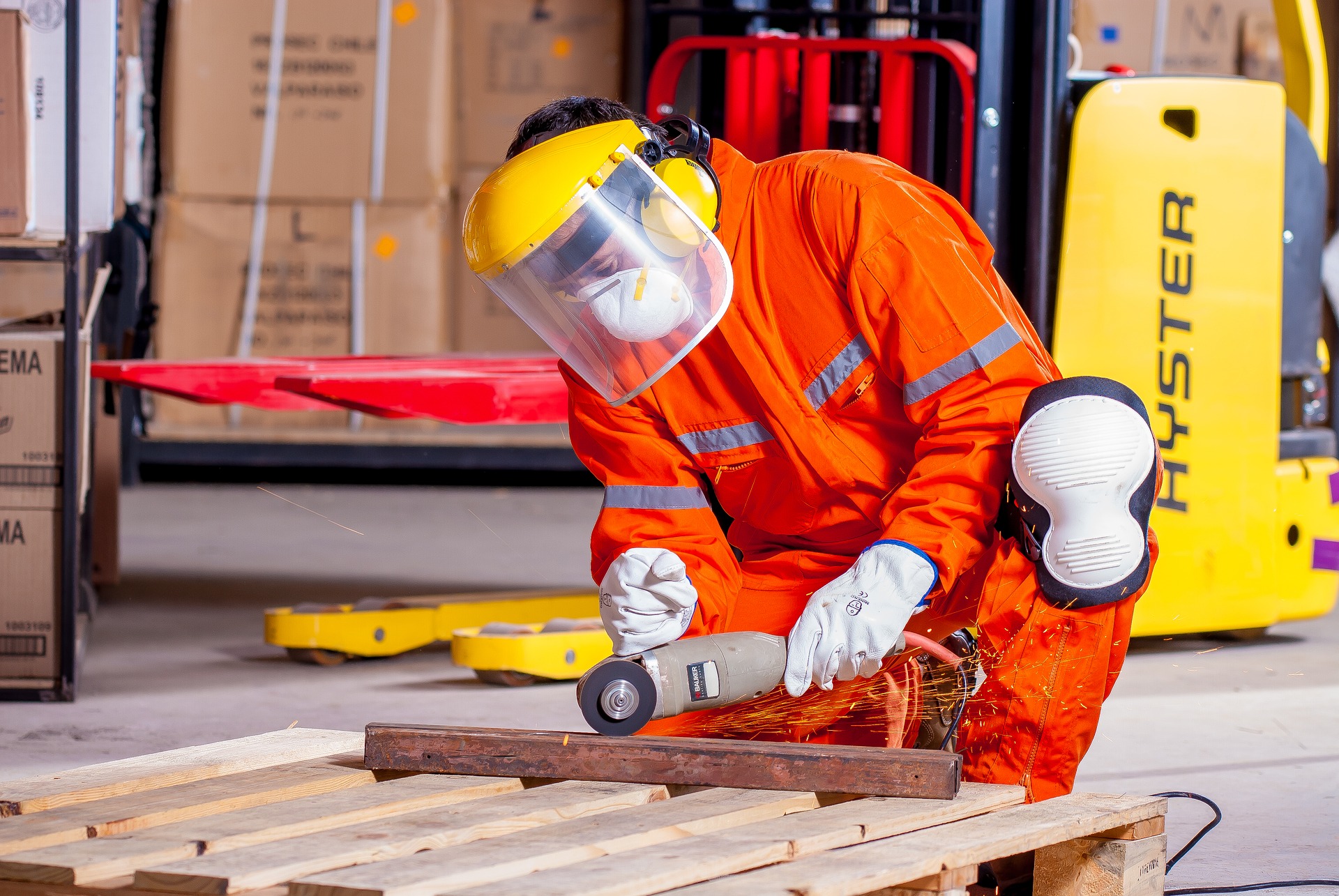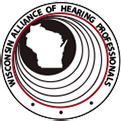Noise-induced hearing loss is the term for hearing damage by exposure to excessive noise. The damage to hearing caused by too much noise may not be apparent for years.
People take hearing for granted. When we go home after work and when we get up in the morning we expect to hear.
“One in ten Americans has a hearing loss that affects his or her ability to understand normal speech.”
Age-related hearing loss is the most common cause of this condition and is more common than hearing loss caused by excessive noise exposure.
However, exposure to excessive noise can damage hearing, and it is important to understand the effects of this kind of noise, particularly because such exposure is avoidable.
Thousands of workers every year suffer from preventable hearing loss due to high workplace noise levels.
“Since 2004, the Bureau of Labor Statistics has reported that nearly 125,000 workers have suffered significant, permanent hearnig loss.”
When the noise is too loud, it begins to kill the nerve endings in the inner ear. Prolonged exposure to loud noise destroys nerve endings. As the number of nerve endings decreases, so does your hearing.
There is no way to restore life to dead nerve endings; the damage is permanent. The longer you are exposed to loud noise, the more damaging it may be. Also, the closer you are to the source of intense noise, the more damaging it is.
When is Noise at Work too loud?
The following are signs that noise may be a problem where you work:
- You have to shout to make yourself heard during work
- You have ringing in your ears after you leave work
- You have difficulty hearing normal speech and other sounds after work
“Most hearing specialists agree: You can damage your hearing if you are continually exposed to noise greater than 85 decibels over eight hours.”
As noise levels rise above 85 decibels, the safe exposure time for unprotected ears falls dramatically. For example, 110-decibel noise can impair hearing after just 15 minutes of exposure.
When should Hearing Protection be used?
Hearing protection should be issued to employees
- Where extra protection is needed above what has been achieved using noise control.
- As a short-term measure while other methods of controlling noise are being developed.
If hearing protection is required, then a complete hearing conservation program should be instituted.
A hearing conservation program includes
- Noise assessment
- Hearing protector selection
- Employee training and education
- Audiometric testing
- Maintenance
- Inspection
- Record-keeping
- Program evaluation
When is workplace noise dangerous?
The noise should be evaluated by someone trained to conduct a sound survey.
Anyone trained to use a sound-level meter and a dosimeter and evaluate the data should be able to do the survey.
There are three basic types
- Area monitoring – Use a sound-level meter to identify areas in the workplace that may put workers’ hearing at risk.
- Personal monitoring – Use a sound-level meter and a dosimeter to estimate an individual’s daily noise exposure.
- Engineering survey – Measure noise levels produced by machinery in different operating modes to find ways to eliminate or control the noise.
Protection against Noise
Hearing protectors come in two forms:
- Earplugs – are small inserts that fit into the outer ear canal. They must be sealed snugly so the entire circumference of the ear canal is blocked. An improperly fitted, dirty, or worn-out plug may not seal properly and can result in irritation of the ear canal. Plugs are available in a variety of shapes and sizes to fit individual ear canals and can be custom-made. For people who have trouble keeping them in their ears, the plugs can be fitted to a headband.
- Earmuffs – fit over the entire outer ear to form an air seal so the entire circumference of the ear canal is blocked, and they are held in place by an adjustable band. Earmuffs will not seal around eyeglasses or long hair, and the adjustable headband tension must be sufficient to hold earmuffs firmly in place.
“Earplugs and earmuffs can be found at most pharmacies.”
Both earplugs and earmuffs are about equal in sound reduction, though earplugs are more effective for reducing low-frequency noise and earmuffs for reducing high-frequency noise.
Using earplugs and earmuffs together increases protection against higher noise levels (above 105 decibels) than either used alone.
When selecting a hearing protector focus on the three “C’s“:
- Comfort
- Convenience
- Compatibility
Employees will not wear hearing protectors that are uncomfortable, difficult to use or interfere with their work.
They should be able to choose, with the help of a person trained in fitting hearing protectors, from among a variety of appropriate types and sizes.
Engineering Controls
When you replace a noisy machine with a quiet one, modify it to make it quieter, or change the sound path so that the noise never reaches the listener, you are using an engineering control.
Workplace safety and health specialists will tell you that engineering controls are the best way to control noise.
“That is true only if the engineering control is effective, practical, and affordable.”
Administrative Controls
Unlike engineering controls, which eliminate the source of the noise or separate it from workers, administrative controls change workers’ activities and emphasize policies that can lower their exposure.
Administrative controls are usually less expensive than engineering controls because there are no costs to replace or modify equipment.
However, administrative controls usually are not as effective because they do not eliminate the source of the noise.



